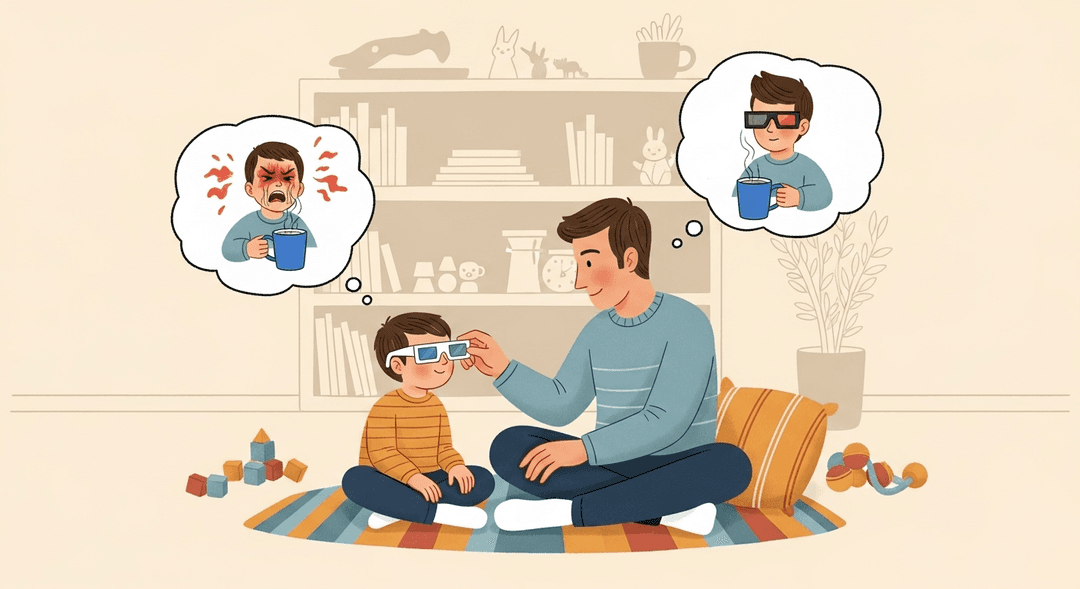Help Them Understand Different Perspectives
Ever wish you could hit pause and swap brains with your kid for just five minutes—preferably right before the epic meltdown over the blue cup? Teaching perspective is like handing them emotional 3D glasses, but let’s be real: sometimes it feels like you’re both watching totally different movies. If you’re ready to Jedi-mind-trick your way into fewer tantrums and more ‘aha!’ moments, this one’s for you.
When kids learn to consider other perspectives, their brains literally light up in the empathy and problem-solving zones—think of it as a neural gym for emotional flexibility. For parents, it means fewer dead-end arguments and more constructive conversations (plus, you get to flex your own empathy muscles). Everybody’s stress levels drop a notch, and you might even catch a glimpse of that elusive unicorn: mutual understanding.
How to do it
First, take a deep breath and resist the urge to launch into lecture mode.
Instead, get curious—ask your child how they see the situation. Then gently ask, “What do you think your friend, brother, or even the cat might be feeling?”
Keep it light and playful. If you’re feeling theatrical, you can even act out the other perspective together.
Validate your child’s feelings. Don’t rush to “fix” the situation—just explore the possibilities together, like emotional detectives on a case.
Key Tips:
- Stay curious rather than judgmental.
- Use open-ended questions to invite your child’s perspective.
- Make it playful to keep the mood positive.
- Focus on understanding, not immediately solving the problem.
- Encourage empathy by considering how others might feel.
